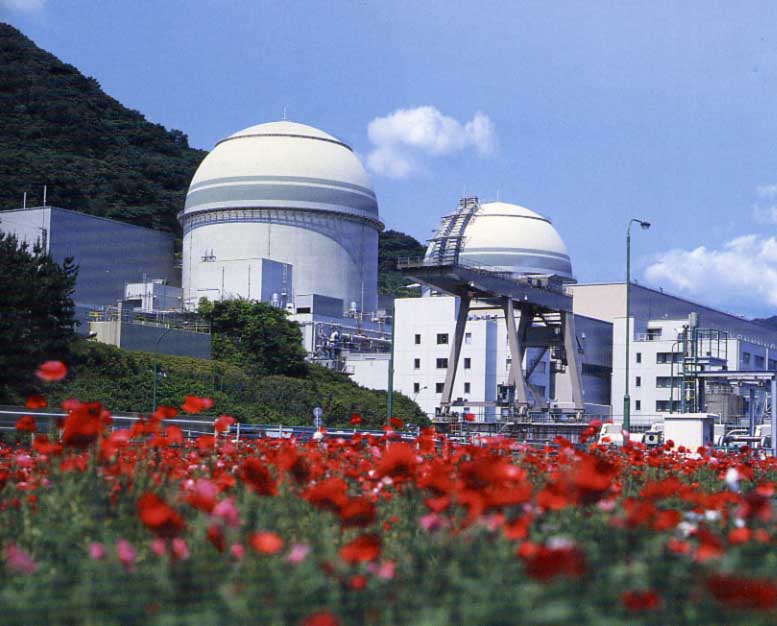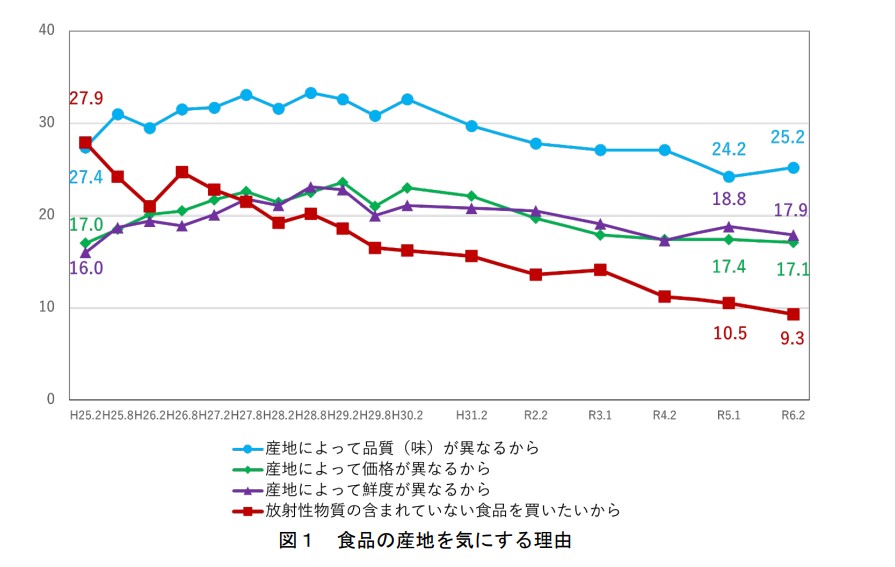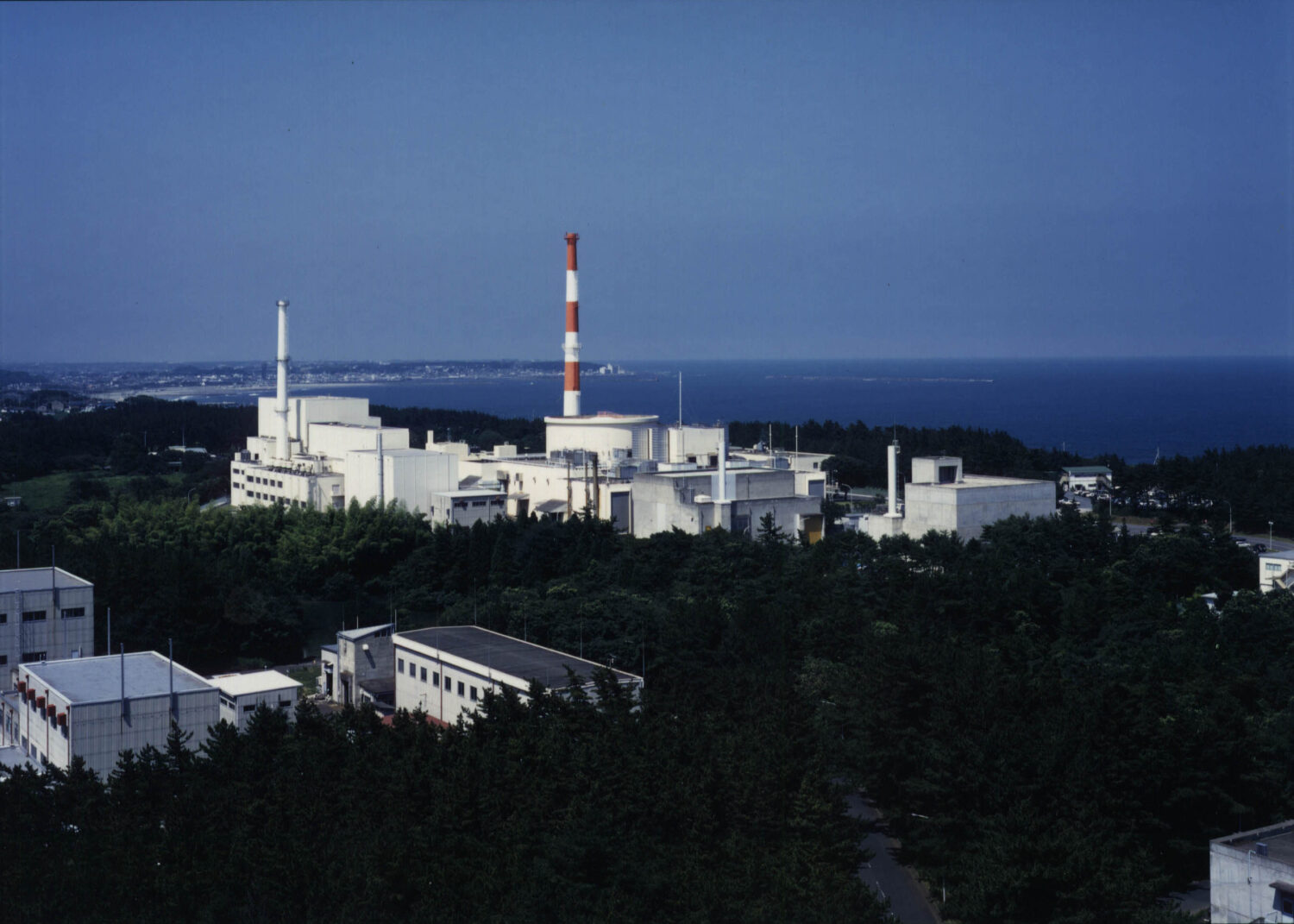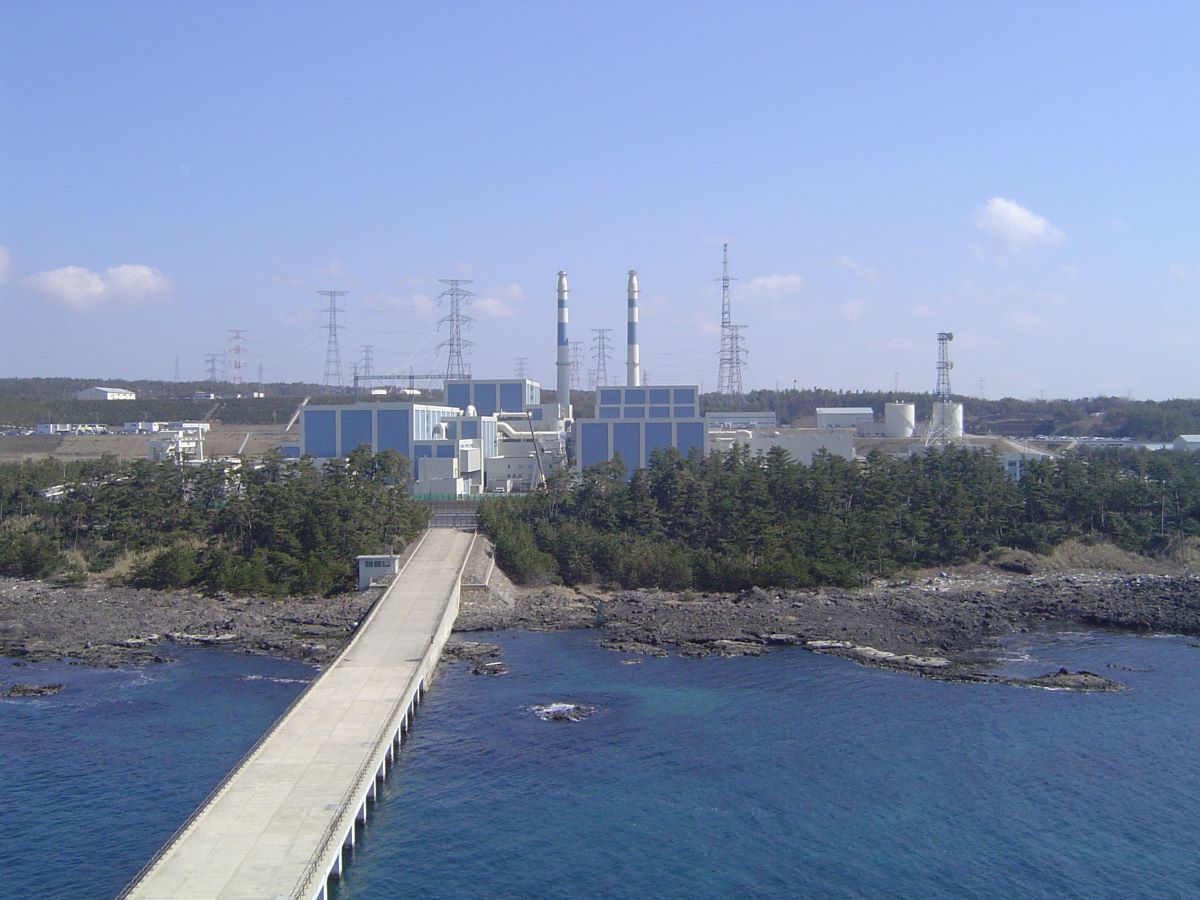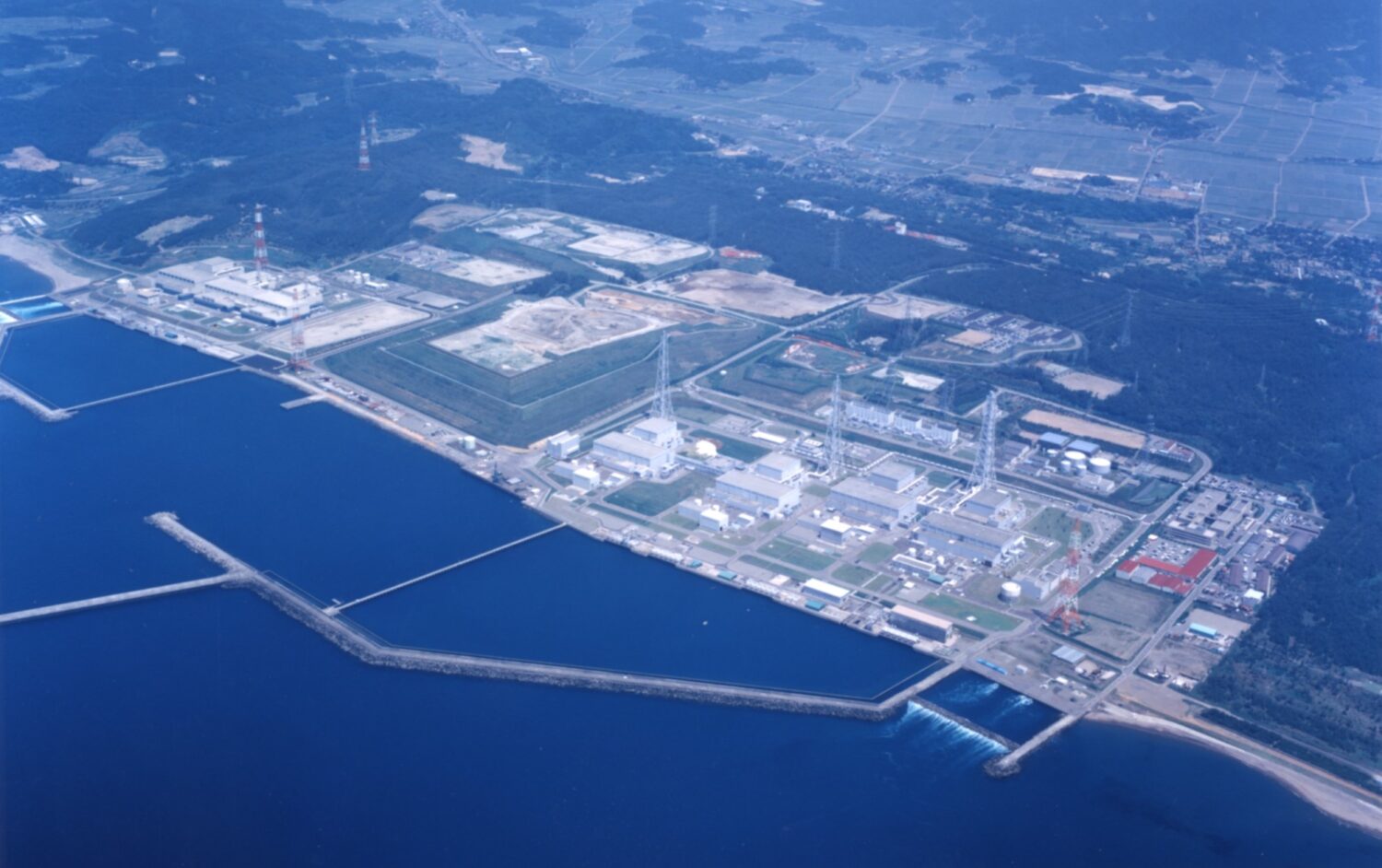The draft reports conclude that the applications submitted by the power company satisfy the requirements for “facilities for responding to specific severe accidents,” to be used in the event of terrorist attacks and so forth. The reports will be finalized after opinions are received from the Japan Atomic Energy Commission (JAEC) and the Ministry of Economy, Trade and Industry (METI).
The phrase “facilities for responding to specific severe accidents,” as required for NPPs under the new regulatory standards, consists primarily of portable equipment prepared in case of an intentional aircraft strike or the like. A grace period of five years is provided for development and realization following receipt of the permission and/or approval of the construction work plan for the main facilities.
Until now, permission has been granted to make changes to the reactor installations (basic design approvals) at the Takahama-1 to -4 NPPs, owned and operated by the Kansai Electric Power Co. (Kansai EP), the Ikata-3 NPP, owned and operated by the Shikoku Electric Power Co. and the Sendai-1 and -2 NPPs, owned and operated by the Kyushu Electric Power Co. Genkai-3 and -4, the subjects of the review draft reports, are the first NPPs in the 1000MWe class.
Examinations of the facilities for responding to specific severe accidents for Genkai-3 and -4, which had both resumed operation by June 2018, extended over three calendar years, from the time of the application by the power company in December 2017 to the issuance of the review draft reports this month.
At a press conference following the meeting, NRA Chairman Toyoshi Fuketa addressed that point. “The examination by our team had generally been completed by the end of last year,” he said, “but reconsideration was required of the exhaust method for filtered vents,” a function to prevent damage to the reactor containment vessel caused by extreme pressure.


.jpg)


